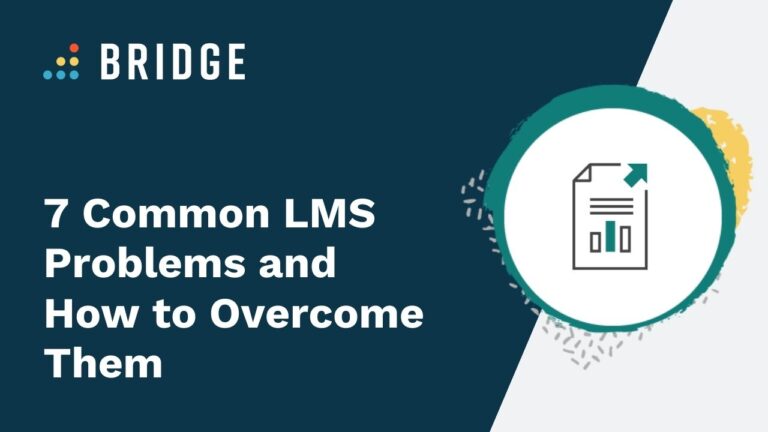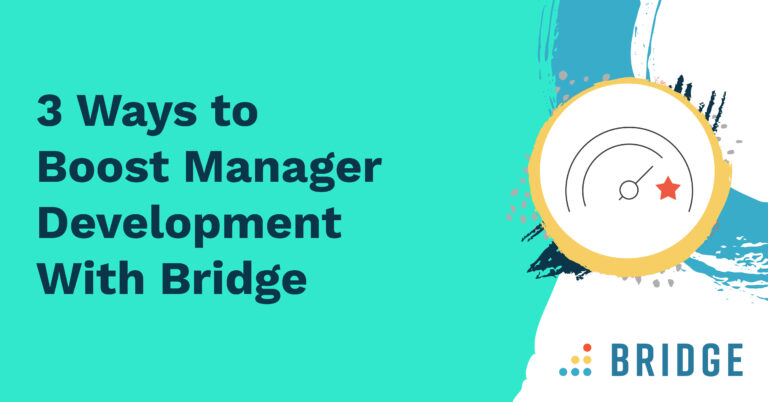You want your learning management system (LMS) to be loved. You want it at the core of employee engagement. But after the initial buzz of implementation, it’s all gone flat. Despite increasingly pleading directives, the LMS languishes unloved, under-utilised and like the socially awkward guest at the party.
At the heart of the issue are some worryingly common LMS problems. Understand these and you can overcome them. Overcome them and you just transformed that socially awkward guest into the guest of honour.
Functionality was assumed not considered
As we’ve mentioned before, it is common for an LMS to be stuck onto the side of an HRIS system. When this happens, the desired and potential functionality of the LMS isn’t considered in its own right. The result is a compromise that negatively impacts user experience.
The solution: Consider your LMS by itself before settling on the system. Ask what a really high performing LMS delivers and measure the potential integration against this.
It’s boring
Seriously. Any platform that isn’t exciting will fail to win engagement. An LMS that is simply about meeting a generic need for training, rooted in the concept that it’s vaguely a good thing, won’t get buy-in.
The solution: Choose an LMS that actually works wizardry when it comes to looks and what it can do. Those eye-catching graphics that make fun experiences of learning data, career aspirations that are plotted on a beautiful path, succession plans that come to life, 360° feedback that’s fun to do, are what make people want to use the platform. Always check out the demo before you buy.
Performance is missing
Oops, this is a common one. An LMS that forgets that its twin brother is performance management fails at the first obstacle. Learning absolutely must be driven by performance management.
The solution: Don’t choose a standalone LMS. Choose a learning and performance management system in one.
It doesn’t facilitate collaboration
Your most fantastic resource is your talent base. Yet with most LMS you can’t match up the skills, mentorship, and feedback information you have at your fingertips, with the place it needs to go.
The solution: Choose a platform that matches one employee’s deficit with another employee’s strength, and facilitate learning relationships within the organisation. Make feedback and discussion a part of everyday business life within the system itself.
Failure to lead from the top
An LMS is usually driven by HR. Yet it needs to be used from its earliest days of implementation from the top down. All too often it’s introduced from the bottom up.
The solution: Take time to get leadership on board, using the LMS with their direct reports on a daily basis. Feed the system downwards.
It just focuses on today, not tomorrow
Learning and development should be about the future, yet typically an LMS only addresses the immediate training needs of today. It needs to encompass tools which allow you to visualise the future. For example, which employees are showing signs of dissatisfaction and therefore might leave? Or who will be ready to step up for promotion, and how can that be enabled?
The solution: Again, choose an LMS that is also a performance management platform. It’ll help you prepare for the future through the actions you take today.
It’s not flexible enough
If you can’t use it on your smartphone, or you have to leave the platform to book a course or complete an assessment, you’ve allowed engagement to drop away. No single organisation needs the same thing, so the LMS needs to be flexible enough to cater for customisation.
The solution: Choose an LMS that allows you to build content within it, import content to it, and carry out assessment without going anywhere.
The LMS that engages
The LMS that successfully drives engagement in learning and links it sublimely with performance actually drives the organisation’s success. The organisation with an LMS that employees are engaged with will intentionally be smashing its objectives and exceeding its own expectations.
Here at Bridge, we actually took the time to address the common problems when we shaped our solution. It’s why over 800 organisations worldwide find their employees are engaged with it.




